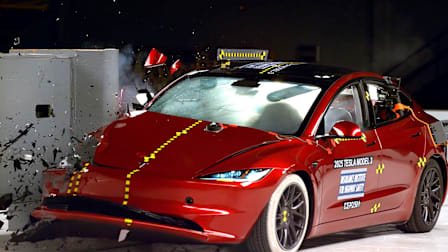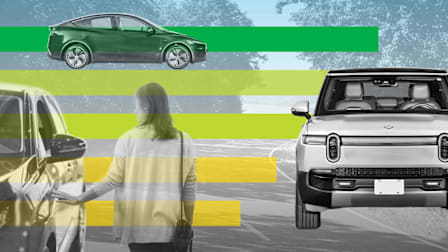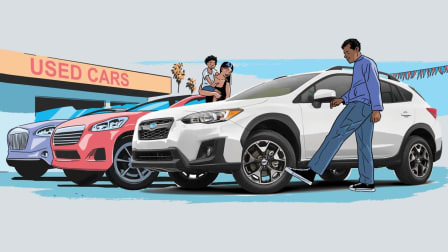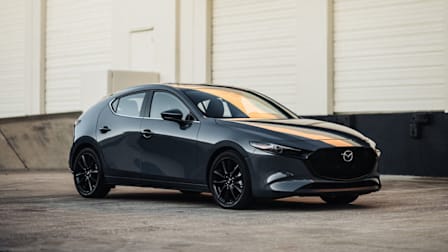Safety Agency Expands Tesla Autopilot Investigation
The scope of the NHTSA investigation covers about 830,000 electric cars that might have an increased crash risk
The National Highway Traffic Safety Administration has upgraded its investigation into Tesla’s Autopilot active driver assistance system from a preliminary evaluation to an engineering analysis. This means the safety agency will extend its crash analysis of incidents involving Autopilot by looking at additional data and performing vehicle evaluations. Plus, NHTSA will explore how Autopilot’s design might increase the risk of a crash that happens after a driver stops paying attention to the road.
NHTSA’s look into Autopilot began in August 2021 after an increasing number of crashes with Autopilot engaged were reported, including collisions with parked and emergency vehicles. The scope of the ongoing investigation covers about 830,000 Teslas from the 2014 to 2022 model years, including the four current vehicles: Model 3, Model Y, Model S, and Model X.
A Timeline of Tesla's Self-Driving Aspirations
From the first mandatory federal auto safety regulations to Elon Musk’s wildest dreams, here’s the history of how Tesla got to where it is today.

















